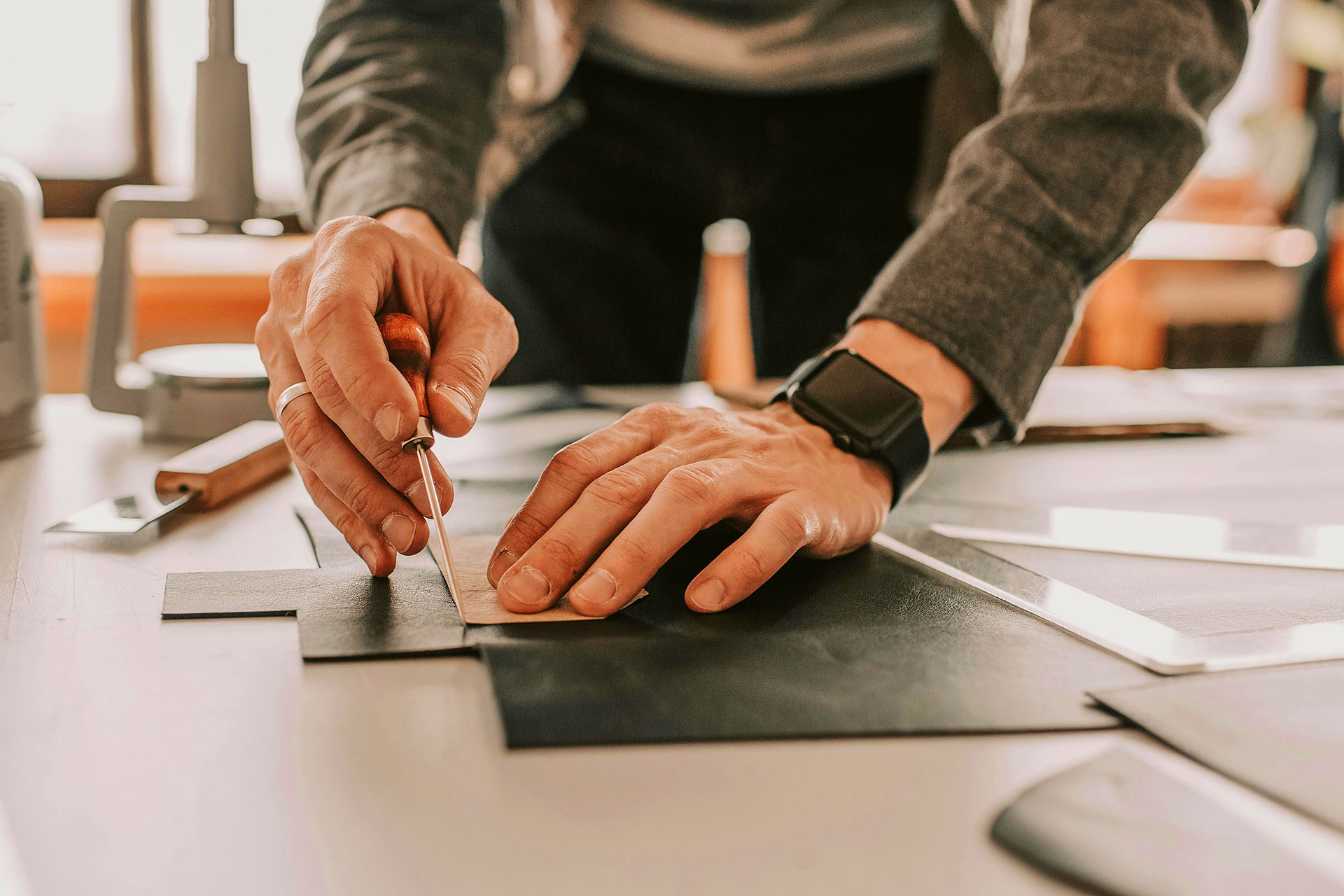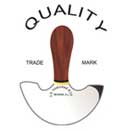
19 Aug Want Your Work to Last 100 Years? Start with This Toolkit
Great leatherwork doesn’t just happen. It’s built, one clean cut, one careful stitch, one polished edge at a time. And while technique plays a huge role, the tools you choose are just as important.
If your goal is to create work that outlives you, bags that become heirlooms, belts that survive generations, and saddles that carry stories, you need to start with the right toolkit.
This isn’t about having more tools. It’s about having the right ones.
The Knife That Cuts Clean Every Time
A proper head knife is the foundation of leatherwork. It’s your shaping tool, your detail carver, your workhorse for clean, confident cuts. But not just any blade will do.
You want high-carbon steel. A blade that sharpens easily and holds an edge longer than you expect. It should glide through thick hides without hesitation and feel balanced in your hand.
Because when your edges are precise, everything that follows becomes easier, and better.
Punches That Hit the Mark
You can’t build something to last if your holes are sloppy. Stitching holes, rivet points, and lacing slots these all need to be consistent and clean. That’s where a quality hollow punch set earns its keep.
No frayed edges. No uneven spacing. Just crisp, exact results that give your stitching the strength to endure.
And if you’re working with heavier material or layered pieces, invest in a drive punch with a reinforced handle. Your knuckles (and your work) will thank you.
The Stitching Groover and Spacer Combo
Stitching grooves do more than guide your thread; they also help protect it. When your stitches sit slightly below the surface, they’re less likely to wear out or snag. That means your piece lasts longer, looks better, and functions like it should for years to come.
Pair that with a quality overstitch wheel or pricking iron, and your hand-sewn lines will look as tight and straight as any machine.
Edge Bevelers and Slickers That Refuse to Quit
It’s often the edges that show wear first. That’s why edge work matters. A clean bevel followed by a properly burnished slick can transform a project from decent to museum-worthy.
You’ll want tools that feel natural in the hand, don’t dig too deep, and work smoothly on veg-tan, bridle, or even softer chrome-tanned hides.
A Toolkit Worth Building
If you want your work to last a century, start by surrounding yourself with tools built for the long haul:
- A knife that cuts true and sharpens easily
- A set of punches that never waver
- Stitching tools that deliver consistency
- Edging tools that leave no rough spots behind
Craft Like It’s Going to Be Passed Down
Because it might be. That wallet you’re making? Someone’s grandson could be carrying it one day. That satchel? It could outlast your career.
Tools don’t just shape leather. They shape legacies.
So if you want your work to stand the test of time, don’t settle. Build your toolkit with intention, and let every piece you make tell its own story for the next hundred years.


